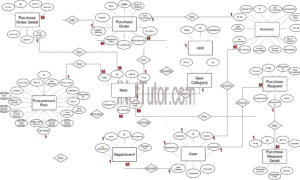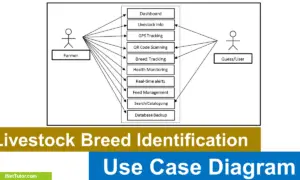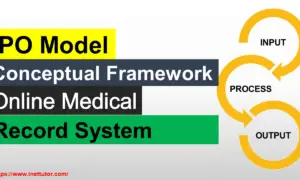Document Tracking System Conceptual Framework
This post will show you how to construct a conceptual framework for a Document Tracking System.
About the Project
Table of Contents
The capstone project, “Document Tracking System” is purposely designed for companies and organizations that allow them to electronically store and track documents. The system will track the in/out of the documents across different departments. The typical way of tracking documents is done using the manual approach. The staff will call or personally ask for updates about the documents which are time-consuming and inefficient.
As a response to the need for an effective tool to track documents, the researchers make use of an IT-based solution. The researchers aim to digitize the processing of documents for easy monitoring, retrieval, revisions, and updates. The researchers aim to develop an automated Document Tracking System that will ease up tracking and monitoring of different documents. The system will make exchanging of documents across different departments fast and smooth. The system will eliminate loads of paper works that are dealt with by the employees as well as save their time and effort.
Readers are also interested in: Document Management and Tracking System
What is a Conceptual Framework?
A conceptual framework is an overarching system that organizes and guides your research. It helps you articulate your research problem and objectives, and identify the key concepts and variables you will need to consider in your analysis. The framework also provides a structure for your paper, organizing your thoughts and arguments in a logical way.
A conceptual framework is an analytical tool that is used to examine relationships between different concepts, ideas, or variables. It is used to help structure and organize research and to guide the development of hypotheses or research questions. A well-developed conceptual framework can be used to examine a wide range of issues and to generate new insights into complex problems. A conceptual framework can be thought of as a map or blueprint that provides a systematic way of understanding the relationships between different concepts.
Objectives of the Study
- To design a system that electronically stores different documents.
- To develop a system that allows members of organizations to electronically track important documents.
- The system will allow authorized personnel to commit updates to the documents.
- The system will make exchanging of documents across different departments smooth and fast.
- To develop a system that will ease up and automate the process of tracking documents.
Conceptual Framework Diagram
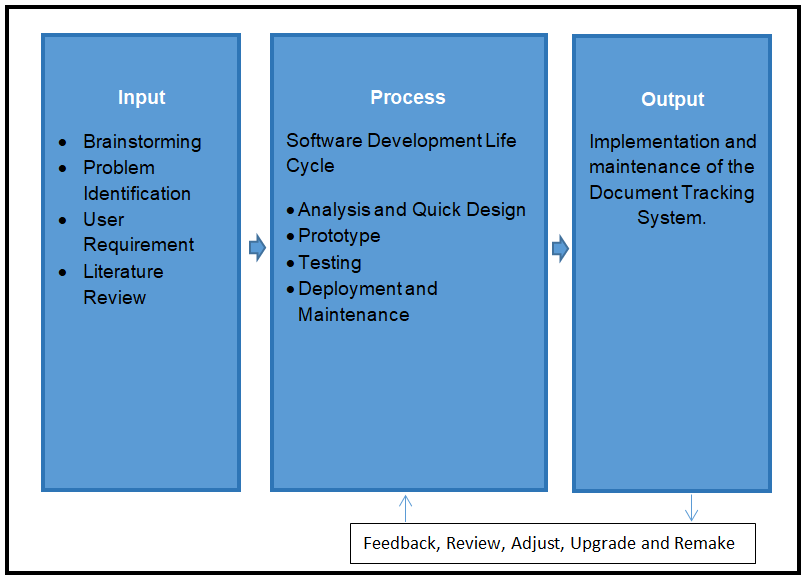
The conceptual framework for the project Document Tracking System is depicted in the figure above. It is based on the input, process, and output model, or IPO model.
Readers are also interested in: Document Tracking System Free Download
Input
The project will begin with an evaluation of the current process, which will lead to the stage of establishing the needs of the users, also known as the user requirement stage. In addition, the researchers will need to compile relevant articles and systems to serve as a guide for the project’s progress.
Brainstorming – is a technique that is often used in the early stages of the creative process. It involves a group of people coming together to generate new ideas. The aim is to come up with as many ideas as possible, without judging or evaluating them.
User Requirement – are important in the software development process as they help to ensure that the software being developed meets the needs of the end users. User requirements are typically gathered through a process of user requirements gathering, which involves engaging with end users to understand their needs. This understanding is then used to inform the development of the software.
Literature Review – Literature reviews are a necessary part of any research paper because they demonstrate that the author is familiar with the existing scholarship on the topic. By summarizing and critiquing the work of other scholars, literature reviews provide a critical perspective on the topic that can help to shape the direction of the author’s own research.
Process
In this phase, the researchers will select and choose the best software development life cycle model for the project.
The process includes analysis and rapid design, prototyping, testing, deployment, and maintenance.
Rapid Application Development (RAD) is a software development methodology which emphasizes speed and efficiency. RAD involves short development cycles, known as iterations, which allow for frequent feedback and course correction. This approach is often used to create software applications that are quickly and easily deployable.
RAD is typically used for developing software applications in a short timeframe. This methodology allows for frequent feedback and course correction, which helps ensure that the final product is of high quality. Additionally, RAD facilitates quick iterations, which allow developers to rapidly develop and test new features. This approach can help speed up the development process and improve the final product.
One of the key features of RAD is its reliance on short development cycles. These cycles allow for frequent feedback and course correction, which helps ensure that the final product is of high quality.
Output
After all of the relevant procedures have been completed, the project comes to life and is carried out in the actual world. A new project is born, and it will be maintained for the long-term existence of the project.
A document tracking system is a software application that helps organizations to manage and track their documents. It can be used to store, share, and track documents as well as to keep track of who has accessed or edited them. A document tracking system can be used to improve efficiency and productivity in an organization in several ways.
Firstly, a document tracking system can help to improve organizational efficiency by helping to keep track of who has access to which documents. This can help to ensure that the correct people are able to access the information that they need, and prevent unauthorized users from accessing sensitive information.
Secondly, a document tracking system can help to improve organizational productivity by helping employees to more easily find and access the information they need. This can reduce the amount of time that employees spend search for information, and make it easier for them to work more productively.
Finally, a document tracking system can help to protect organizational data by helping to keep track of who has edited which documents. This can help to ensure that the correct versions of the documents are available, and that no unauthorized changes are made to them.
Readers are also interested in: Document Tracking System ER Diagram
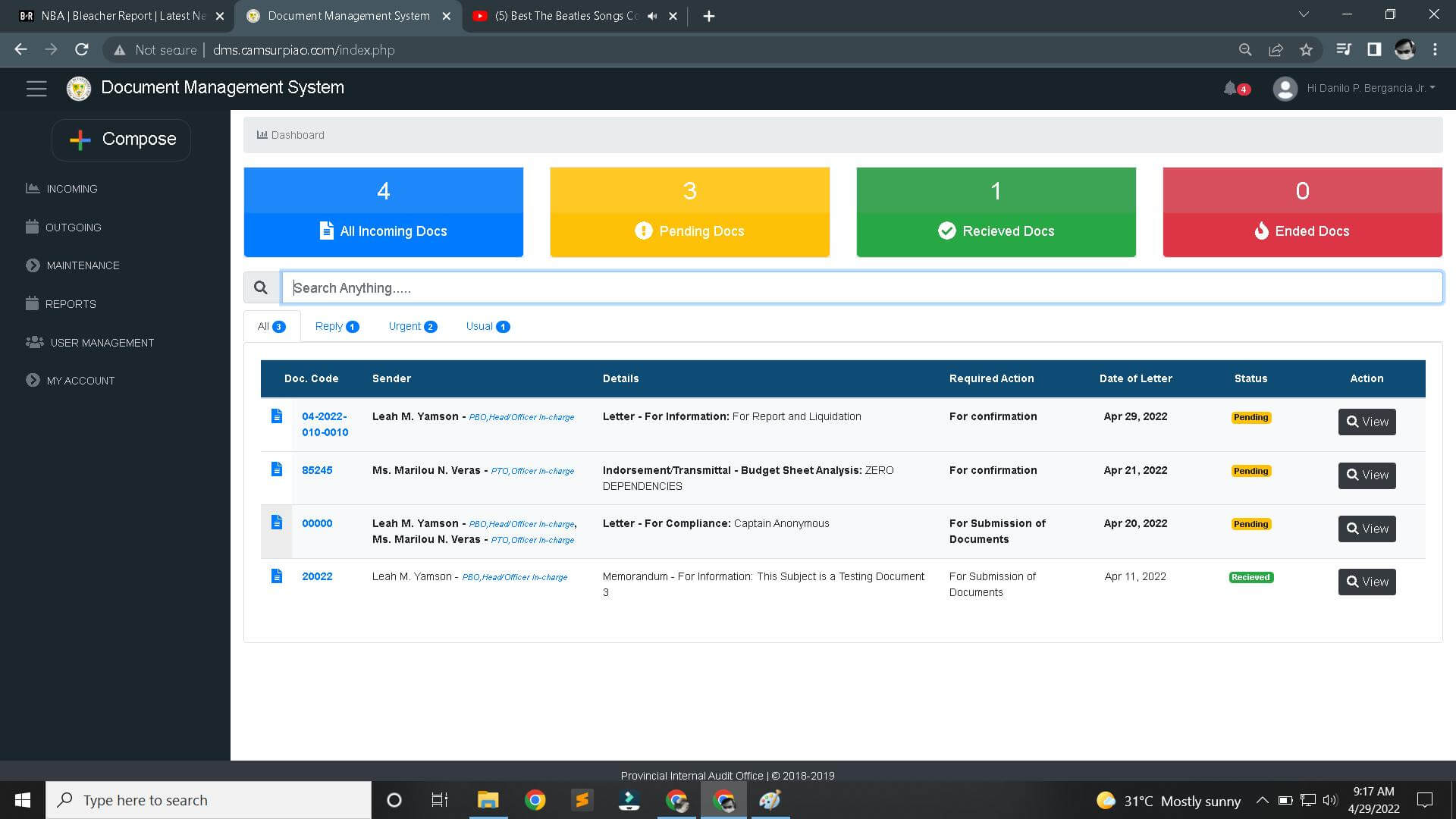
Summary
This article described the conceptual framework creation for the inquiry. The researchers utilized the input, process, and output models to develop the study’s conceptual framework (IPO model) (IPO model). The researchers will begin by determining the problem and the system’s user needs. The researchers will hunt for relevant literature to back up their suggestion. After acquiring all required inputs, the researchers will begin the project development approach. The researchers will select an SDLC model that is appropriate for the project. Once all of the relevant processes have been accomplished, the project will be brought to life and carried out in the real world. A new project has been started, and it will be kept up to date for the length of the project.
You may visit our Facebook page for more information, inquiries, and comments. Please subscribe also to our YouTube Channel to receive free capstone projects resources and computer programming tutorials.
Hire our team to do the project.
